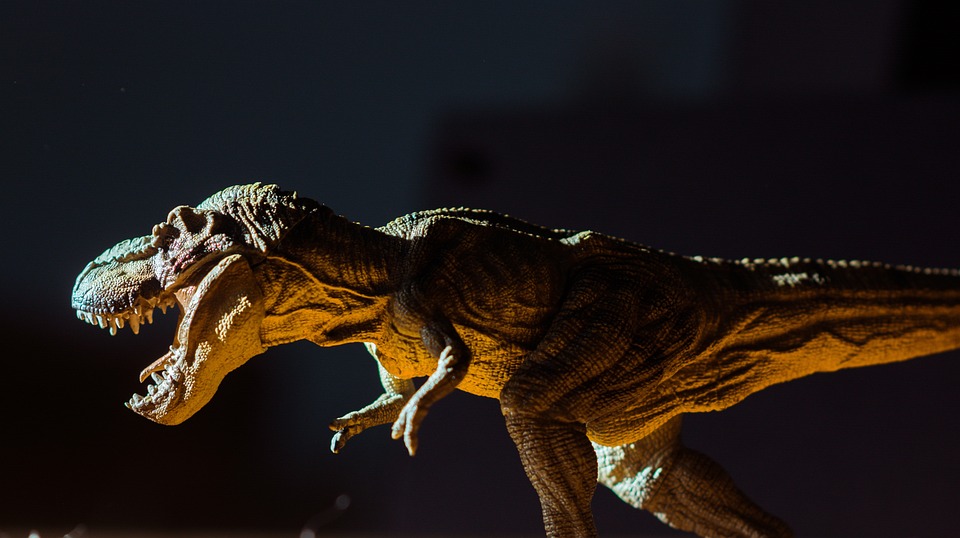Cold-water fish species, such as goldfish and koi, require a carefully controlled environment to thrive and stay healthy. In this article, we will discuss the essential factors to consider when creating a suitable habitat for cold-water fish. From water temperature and quality to tank size and maintenance, we will cover everything you need to know to ensure your fish live a long and happy life.
Maintaining the right water temperature and quality is crucial for the well-being of cold-water fish species. Cold-water fish prefer temperatures between 50-75°F (10-24°C). Use a reliable aquarium thermometer to monitor the water temperature consistently and avoid sudden temperature fluctuations, as they can stress the fish. Regularly test the water parameters, including pH, ammonia, nitrite, and nitrate levels, and aim for a pH level between 6.5-8.5. Use a water conditioner to remove harmful substances like chlorine or chloramine.
Providing adequate space and a well-designed tank setup are essential for cold-water fish species. Choose a tank that can accommodate the adult size of your fish species. For example, goldfish typically require a minimum of 20 gallons (75 liters) per fish. Larger tanks result in better water quality and minimize territorial conflicts. Install a reliable filtration system to remove waste and chemical impurities, and use an air pump or powerhead to ensure adequate oxygenation and water circulation. Choose a substrate that is suitable for cold-water fish, such as smooth gravel or sand, and add appropriate decorations, like rocks, driftwood, or plastic plants, to provide hiding spots and mimic their natural habitat.
Proper nutrition plays a significant role in the overall health and growth of cold-water fish. Offer a variety of high-quality commercial fish food formulated specifically for cold-water species, including a mix of pellets, flakes, and freeze-dried or frozen foods to provide a balanced diet. Avoid overfeeding, as it can lead to obesity and water pollution. Supplement their diet with fresh vegetables like peas, lettuce, or spinach, and provide occasional treats like bloodworms or brine shrimp to enhance their nutritional intake.
Maintaining a clean and problem-free aquarium is crucial for the well-being of your cold-water fish. Perform regular partial water changes to remove accumulated waste and maintain water quality. Use a siphon or gravel vacuum to clean the substrate during water changes. Observe your fish regularly for any signs of illness, such as abnormal behavior, loss of appetite, or visible parasites, and quarantine new fish before introducing them to the main tank to prevent the spread of diseases.
In conclusion, providing a suitable environment for cold-water fish species involves maintaining optimal water temperature and quality, selecting an appropriately sized tank, ensuring proper filtration and aeration, offering a balanced diet, and performing regular maintenance. By following these guidelines, you can create a thriving habitat for your cold-water fish and enjoy their beauty for years to come.









